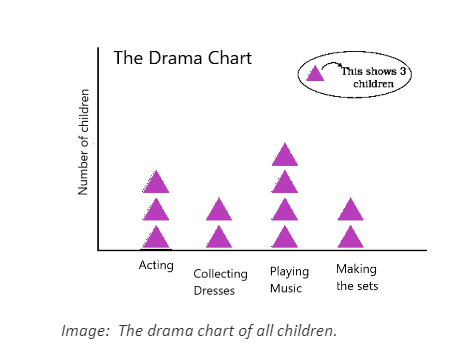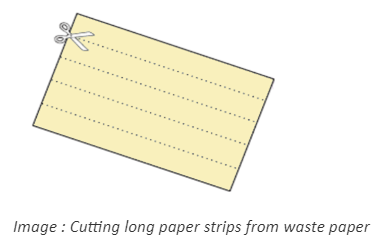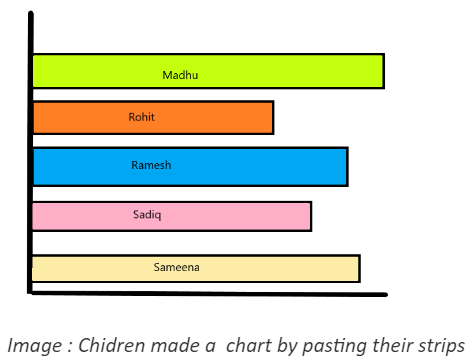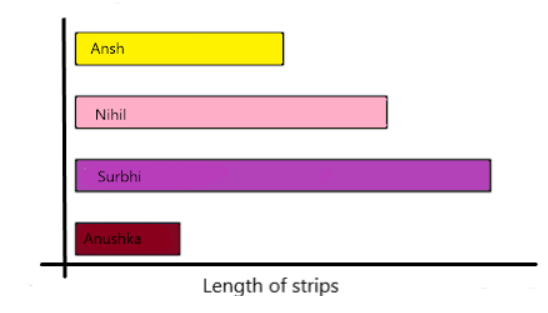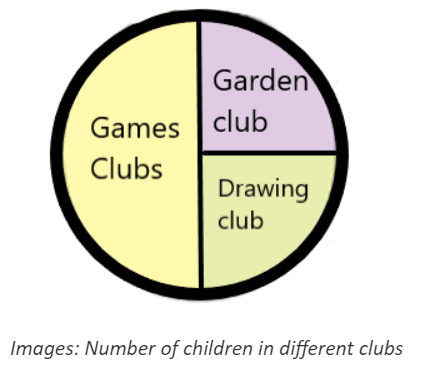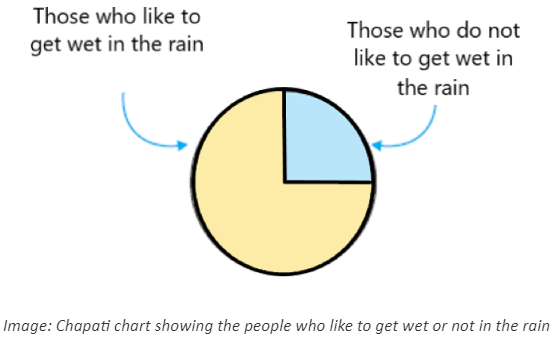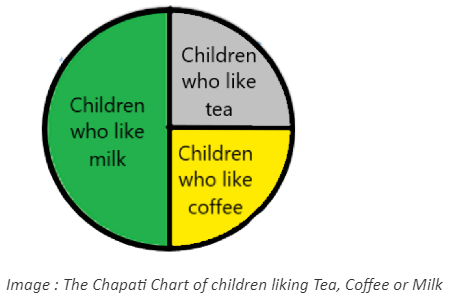NCERT Solutions for Class 4 Maths Chapter 14 - Smart Charts FREE PDF Download
FAQs on NCERT Solutions for Class 4 Maths Chapter 14 Smart Charts
1. What is data handling? What are the different kinds of handling data?
Data Handling is the process of collection, organization, and analysis of data and finally its representation with the help of graphs and pie charts.
There are various ways of collecting data.
Creating frequency distribution tables
Bar graph
Pie Chart
2. Why should you learn from Vedantu?
Vedantu is an online platform for learning where you can learn anytime and anywhere. Vedantu has a panel of experienced teachers who understand the ability of the students and tailor-made their teaching accordingly. Students can enjoy flexible timing and they can decide how much to invest time in learning. Personal attention is given to each child. The courses that are available are made as per the curriculum. You have a detailed explanation of all the subjects with the solutions to the exercises.
3. What are the benefits of Vedantu’s NCERT Solutions for Class 4 Chapter 14 Smart Charts?
The benefits are:
You have easy access to the study material on the platform.
Subject Experts have created the study material. They are 100% verified.
It covers the entire syllabus as per the guidelines of the Board.
The chapter covers all the concepts of the exercise.
4. How do Vedantu’s NCERT solutions help in self-study?
All study materials for Vedantu’s NCERT solutions are tailor-made and they are explained in a very simple language. Experienced teachers and subject experts have crafted the materials as per the ability of the students so that they can grasp the concepts on their own. There are relevant diagrams for the topics and the concepts are given in steps so that children can understand easily. At the end of each topic, there are faqs given based on the concepts that give you an idea of questions that can come in the exams.
5. What is data handling and what are its uses according to Chapter 14 of Class 4 Maths?
Data handling is the act of gathering, organising, and analysing data before presenting it in the form of graphs and pie charts. We utilise data processing in nearly every aspect of our lives. Patients' records are kept by doctors. The river's water levels are being recorded. Librarians maintain track of books that have been borrowed and returned. Teachers keep track of their student’s progress in class. Parents keep track of their family's finances.
6. What is a bar graph according to Chapter 14 of Class 4 Maths?
According to Chapter 14 of Class 4 Maths, a bar graph is a graphical representation that uses uniform rectangular bars to represent basic data. The width of the rectangular bars does not vary; only the length or height of the bars does. A value is represented by the length of the bar. When we want to compare a few things or demonstrate how many times something has changed over a period of time, we use bar graphs.
7. What is a frequency distribution table according to Chapter 14 of Class 4 Maths?
Creating tables are sometimes known as frequency distribution tables. It assists us in gaining a better grasp of the information provided. Tables, on the other hand, are ineffective for keeping track of enormous amounts of data. To put it another way, we gather information, organise it, and then analyse it. A librarian, for example, organises books according to demand, whereas we organise our books according to the timetable.
8. How does observation help in data handling according to Chapter 14 of Class 4 Maths?
Observing what is going on around us is the first and most important component of data management. This implies that when we look at items in our environment, we must keep our eyes and ears alert. In order to acquire knowledge about anything, observation is critical. If we don't pay attention, we could overlook certain crucial details, and our information recording will be incomplete. For example, if we need to keep track of what programmes are shown on television and who in the family prefers to watch which shows, we must monitor our family members for a set number of days.
9. Is Chapter 14 of Class 4 Maths easy?
Chapter 14 of Class 4 Maths is very relatable and with practice, it can become easy as well. Students have gained knowledge in a critical area of mathematics as a result of this session. We employ the notion of data handling in nearly every aspect of our lives. We arrange our books, clothes, schedules, and toys, among other things. This topic introduces the basic notion of gathering records, which will be useful in later lectures. Use the solutions provided on Vedantu website and Vedantu Mobile app to guide you, free of cost.

















